Science Preparation for the GED Test
Master Science, Conquer Your GED!
Science Preparation for the GED Test

Master Science, Conquer Your GED!
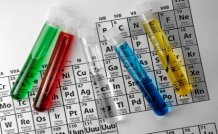
Unlock your potential with our Science Preparation for the GED Test course, a transformative journey designed to empower your educational dreams. Dive into the fascinating realms of biology, chemistry, and physics, guided by expert insights that simplify complex concepts and engage your curiosity like never before. Imagine the confidence you'll feel walking into your exam, armed with a mastery of scientific principles, innovative problem-solving skills, and strategic test-taking techniques. This course isn't just preparation; it's a key to your future, unlocking opportunities and expanding horizons. Your personalized learning adventure awaits, and with each step, you'll not only be test-ready but also life-ready. Enroll today and embark on a path that promises not just GED success but lifelong achievement.
In This Course 
10 Hours average completion time
1.0 CEUs
14 Lessons
20 Exams & Assignments
177 Reference Files
Mobile Friendly
Last Updated December 2025
Description 
This online course will prepare you to take the Science portion of the GED (General Educational Development) test. The testing format will be explained and broken down to highlight the content this part of the exam will cover.
This course will provide many resources from strategies, practice tests, practical assignments and researched netlinks attached to many test topics to be read at your own leisure. This course will analyze how to science related material and provide a comprehensive review of major topics covered in Biology, Earth and Space Sciences, Chemistry and Physics.
Skills You'll Develop 
- Recognizing chemical reactions and bonds
- Mastering key science vocabulary
- Interpreting scientific graphs and data
- Exploring earth and space concepts
- Understanding energy and motion principles
- Critical thinking in scientific contexts
- Understanding scientific methodology basics
- Analyzing biological and physical processes
- Applying problem-solving strategies to science
Discover More Skills Like These 
What Others Are Saying 
ST
"Extraordinarily Helpful"
★★★★★
This course was very good and helpful. I was most familiar with the chemistry but found the overall course information very interesting and informative and pulled together all my knowledge for the last 37 years. Very helpful!
Related Courses 
-

Marine Biology 101
-

The Power of Ecology: Shaping a Sustainable Future
-

Microbiology Mastery: Unlocking the Foundations of Life
-
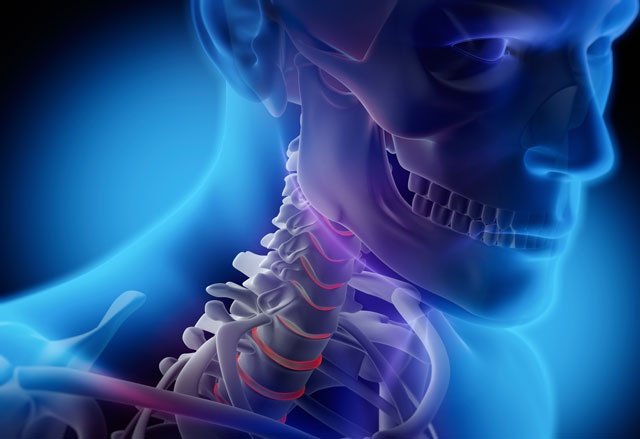
Anatomy and Physiology 101
-

Math All-In-One (Arithmetic, Algebra, and Geometry Review)
-

History of the Universe
-

Geology 101
-

Physics 101: Beginner to Intermediate Concepts
-
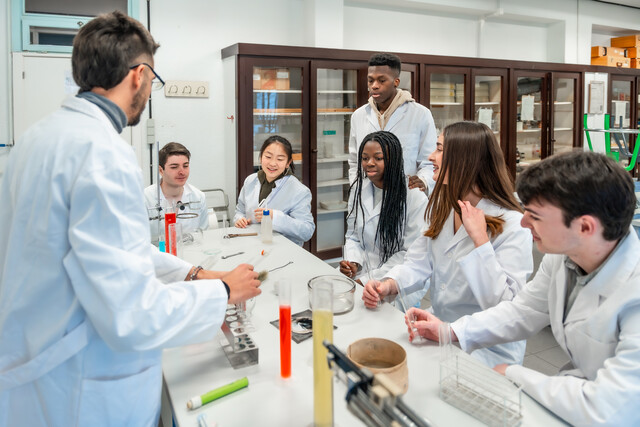
The World of Chemistry: From Atoms to Answers
-

Meteorology Fundamentals
-
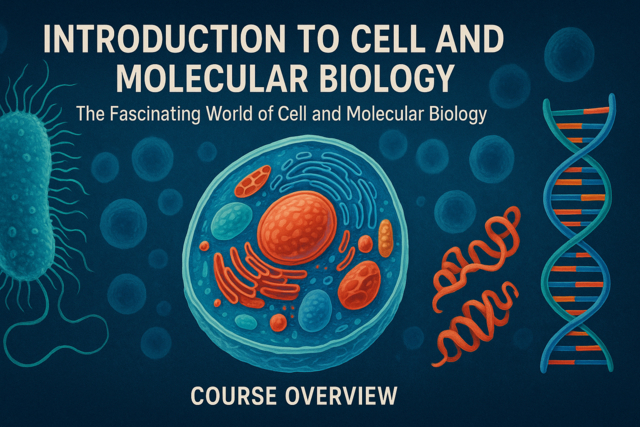
Introduction to Cell and Molecular Biology
-

Geography 101
-

Cosmology 101: A Simple Guide to the Universe
-
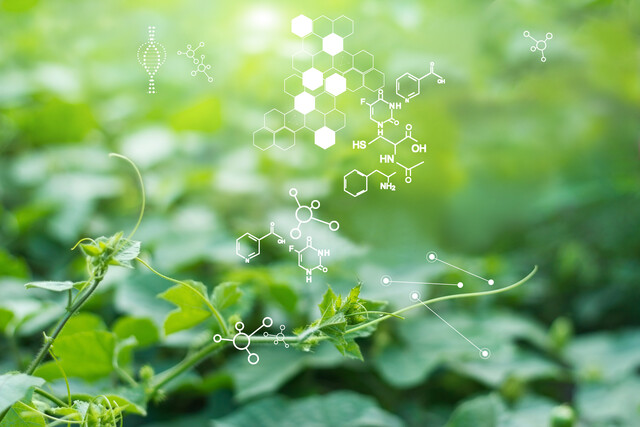
Biology 360: From Molecules to Ecosystems
-

Astronomy 101
